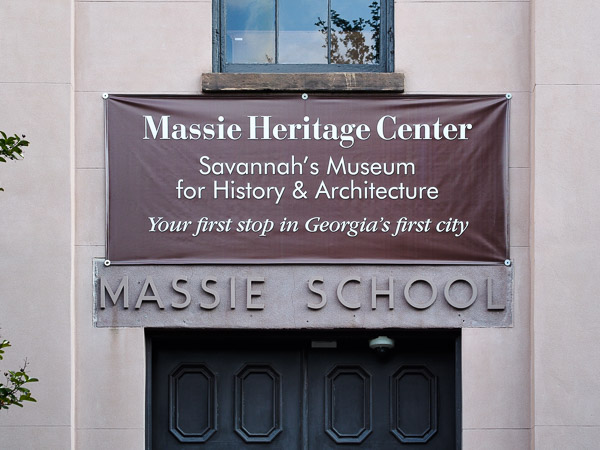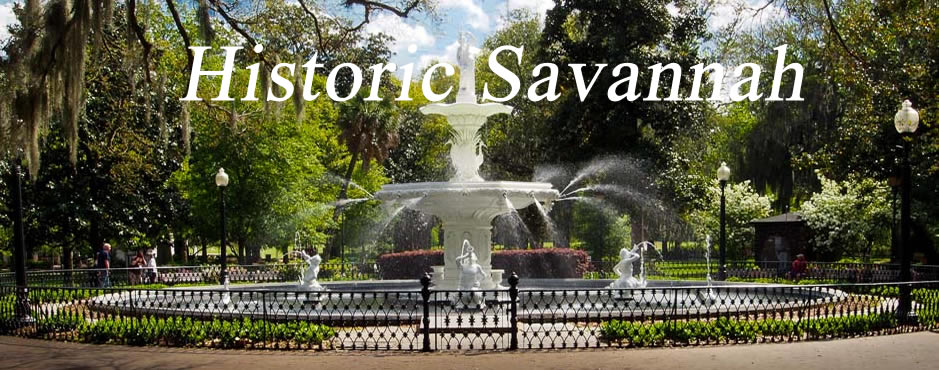 Massie Heritage Interpretation Museum
Massie Heritage Interpretation Museum
Massie Heritage Interpretation Museum
 Massie Heritage Interpretation Museum
Massie Heritage Interpretation Museum
Massie Heritage Interpretation Museum
Savannah, GA 31401
Hours:
Monday - Saturday: 10:00a - 4:00p
Sunday: 12:00p - 4:00p
The Massie Heritage Center was named for its benefactor, Peter Massie, who died in 1841, leaving $5000 for the establishment of a school for the poor in Savannah. The Massie School operated as a public school until its closing in 1974, and is Georgia's oldest school in continuous operation.
Designed and built by John S. Norris, the Massie Heritage Center is a good example of Greek revival architecture and was completed in 1855-1856 and dedicated to the education of poor children.
As one of Savannah's historic treasures, the building features a gable roof, wood cupola and cornice, and a unique connecting passageway. Norris created Massie's central building on East Gordon Street at Calhoun Square. The east wing was added in 1872 and the west wing in 1886. Built in the Greek revival style, the school is considered an example of a compatible neighborhood design; the building, separated into three sections, blends well with its row-house neighbors.
At the end of the 1974 school year Massie was closed by the Board of Education because there were too few students enrolled for the school to be economically viable.
Housed in the historic Massie School Building in Savannah, the Massie Heritage Center is one of the nation's earliest heritage education programs. Since 1975 the center's programs and exhibitions have provided students with an orientation to the historic environment of the city and teachers with basic information for classroom teaching and outdoor experiences.
Exhibits include a collection of period costumes and information on state and local history, as well as historic preservation. One outstanding exhibition documents the Greek, Gothic, and Roman influence on Savannah's architectural history. An educational program, "The Nineteenth Century Classroom," allows young students to experience a 19th century school day.


